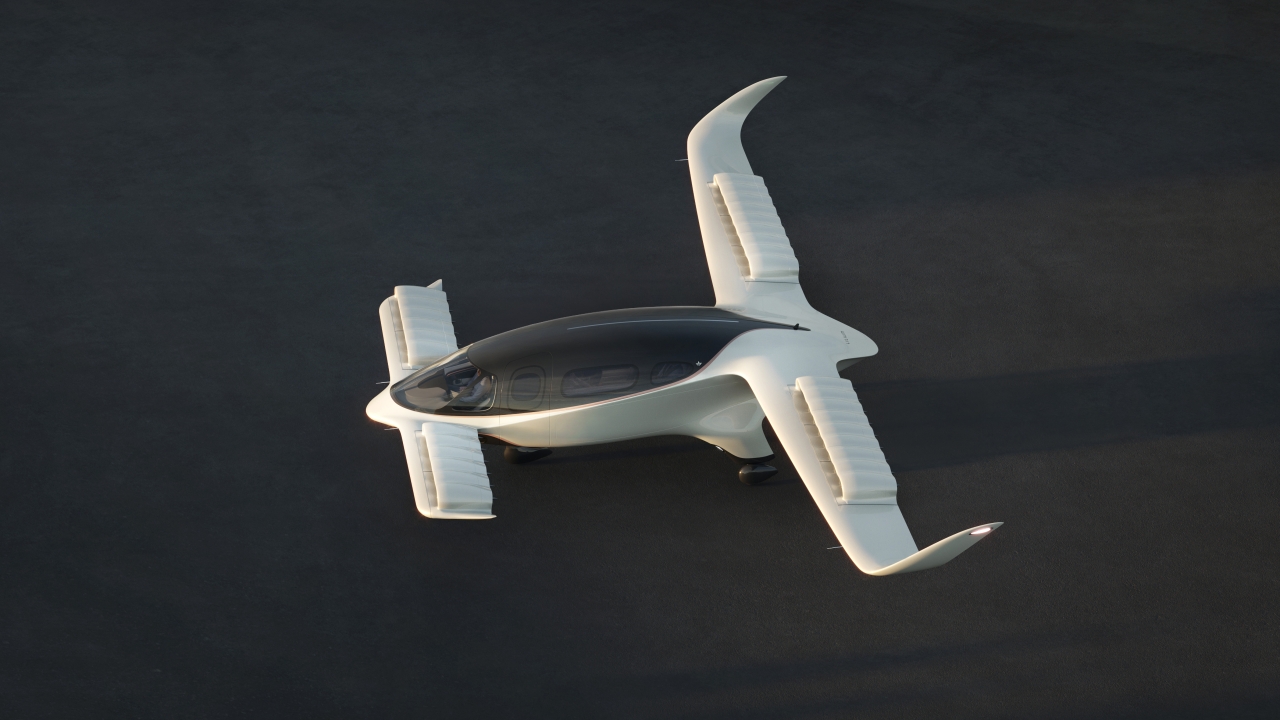Game-changing 525 rising above the early tragedy
Seven years after Bell Helicopter announced it was developing a brand new, clean-sheet design ‘super medium’ twin-engine helicopter, complete with a sophisticated fly-by-wire system, the company is now sparing no effort to get the 525 past the post of type certification.

It’s been a tough seven years for Bell, now renamed as Bell Flight, with the lowest point being the crash of a test aircraft in 2016, a year after flight-tests started.
Both pilots were killed when the helicopter broke up in mid-air following severe vibration affecting the main rotor during a routine, though demanding, test.
The main rotor hit the tail rotor during the incident and that was that – there was nothing the crew could do.
Flight-tests stopped immediately after the crash and didn’t resume for a year while US accident investigators and Bell engineers sought for the cause and a solution.
As a result, changes were made in the fly-by-wire system to deal with and isolate the damaging vibration; the professionals put aside the heartache of losing two of their key team and got on with the job. The two test pilots killed, Eric Boyce and Jason Grogan, wouldn’t have had it any other way.
Now the 525 is nearing the latest phase of the certification process with no fewer than four test helicopters involved and a fifth – the closest to what will go into production – about to join.
More than 1,300 flight hours have been recorded and major milestones passed, including cold weather testing in Canada, down to minus 40 degree F.
One issue that has had to be tackled is the fly-by-wire controls systems. Although now common in fixed-wing aircraft, they are new to the airworthiness regulations governing helicopters. Bell and the US authority, the Federal Aviation Administration (FAA), have had to interpret and define what’s required.
That much over-used phrase ‘game-changer’ has been applied to the 525 but it may actually be true in this case. Not only has Bell been extremely clever in designing the cabin of the 525 to give maximum room and a flat floor, but that fly-by-wire system is a quantum leap forwards for the pilots.
Essentially the pilot ‘tells’ the helicopter where he wants to go and at what speed, through fairly conventional controls, then the computer works out the best, most efficient and safest way to do that, while reducing pilot workload.
Perhaps the best endorsement for Bell’s approach comes from members of Norway’s oil and gas and search-and-rescue (SAR) industry, who operate in the unforgiving North Sea between the UK and Scandinavia.
Michael Hougaard, a pilot flying daily over the North Sea, said: “The Bell 525 is an incredibly smart helicopter that will reduce the probability of the pilot making a mistake. It’s amazing that the machine predicts what the pilot wants. That means that, as a pilot, I can focus on keeping track of the mission, which is crucial for safety in the North Sea.”
Another pilot, Torstein Sandven, said: “The Bell 525 will be an extremely good platform that will take operations to the next level. We welcome all new technology that contributes to increased safety and I have high expectations for this machine.”
As well as fly-by-wire, the 525 is also equipped with the most advanced integrated vehicle health management (IVHM) and health and usage monitoring system (HUMS), allowing maintenance engineers to easily diagnose failures and quickly return the aircraft to service.
The IVHM system is supported by Bell’s mission link, allowing operators to access how their helicopter is performing relative to all other aircraft in the fleet.
Technician Tom Stian Beitland was impressed with the digital maintenance manual: “In short, it means that the entire machine is built in 3D and linked together with the maintenance manual. This makes it easier for us technicians to find components and procedures. It will help increase efficiency in troubleshooting if any problems arise,” he said.
Kjetil Larsen, a pilot of a SAR helicopter in the North Sea, ran his own test: “We filled the cabin with as many people as we could find. We fit 23 people on board, and yet there was room for more. That means the machine passed the test of being able to save 21 people in need.”
Stay up to date
Subscribe to the free Times Aerospace newsletter and receive the latest content every week. We'll never share your email address.

